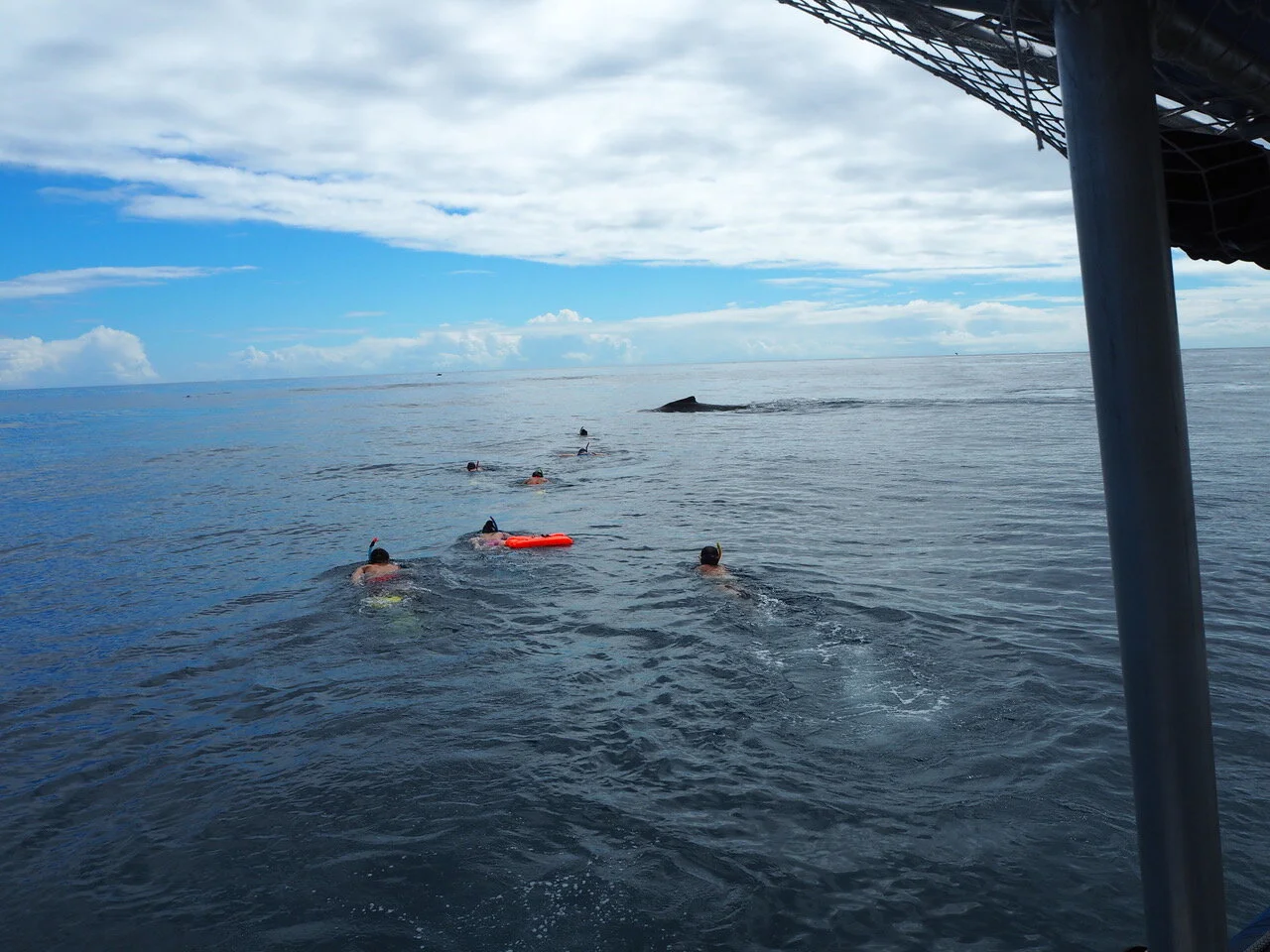Full Dolphin Disclosure
Rebecca Connor
In this article, we discuss the issue of wildlife tourism. This multi-million dollar global industry is often sold as a more “sustainable” alternative to industries including highly destructive fishing practises, as it contributes millions of dollars of revenue to local governments. But, it’s not without its issues, as we hear from Rebecca Connor, an MSc student at the University of Auckland.
I have a confession to make.
I love wildlife tourism. I mean it. Every city I visit, the first thing I do it jump on Trip Advisor to work out what nature-based attractions I can throw my money at.
Penguins at Phillip Island, Melbourne? I’m there.
Behind the scenes tour at Taronga Zoo, Sydney? Count me in.
Swimming with whales in Moorea, Tahiti? Let me get my snorkel.
Maybe you don’t see an issue, but as an animal welfare scientist, I know all too well how wildlife tourism can negatively impact animal wellbeing. And while I can be careful to choose tour operators who put the welfare of animals first, I am still contributing to an industry that isn’t always regulated or responsible.
That swimming trip in Tahiti? I watched from my little vessel as a hoard of over 30 swimming tourists scarpered after a mother whale when she breached in an attempt to scare them away from her calf.
Does this look natural to you? A whale with 7 tourists in the water in Moorea, Tahiti. Photo: Rebecca Connor
I was horrified. Had I contributed to this?
Every year 13 million people around the world jump in boats and head out to the wild blue yonder in hopes of an encounter with a wild whale or dolphin. In the small harbour of Port Stephens, New South Wales (Australia), over 200,000 tourists visit every year to get closer to the Indo-Pacific bottlenose dolphins that make these waters their home. The industry is heavily regulated, with rules around the distance and time by which boats can view dolphins.
But even these regulations and rules can’t, and don’t, fully protect the animals.
Dolphin behaviour is still being impacted by the presence of boats. Andre Steckenreuter and his colleagues spent two years studying the behaviour of Port Stephen dolphins in the presence and absence of dolphin tourism boats. They found that the presence of boats meant that dolphins immediately reduced foraging, feeding, socialising and resting behaviour (Steckenreuter et al., 2012). These are fundamental changes in behaviour that could have a long-term negative health impact on the wellbeing of the dolphins.
Bottlenose dolphins aren’t alone in this. Similar results have been found with common dolphins in New Zealand, humpback whales in Ecuador, and southern right whales in Argentina. The authors of these studies (Scheidat et al., 2004; Stockin et al., 2008; Vermeulen et al., 2012) all give the same recommendation: stronger regulations around boat distance from animals and time spent with pods should be put in place and enforced.
These are the recommended regulations regarding mammal experiences according to the Queensland government in Australia. Source: https://environment.des.qld.gov.au/wildlife/watching/marine-mammals/rules.html
But what motivation is there for the industry to support stronger regulations? Whale watching brings in over $2.1 billion USD worldwide each year, so it is understandable if the industry doesn’t want to risk losing it over tighter restrictions.
Thankfully, it turns out you don’t have to be a welfare scientist to care about the impact of tourism on animal wellbeing.
Lydia Bach and Michael Burton from the University of Western Australia interviewed tourists about their experiences with dolphin watching and discovered that tourists were definitely willing to spend a great amount of money in order to get as close as possible to dolphins (Bach & Burton, 2017). However, when the impact of tourism on dolphin welfare was clearly explained, 80% of respondents were more than happy to have their time with the dolphins reduced in order to improve animal wellbeing.
Perhaps the answer isn’t to stop tourism, but to give tourists more credit. To fully disclose to them the real impact tourism can have on dolphin and whale behaviour, and to trust that they too want what is best for the animals.
Want to write for us? Check out our ‘Get Involved’ section


